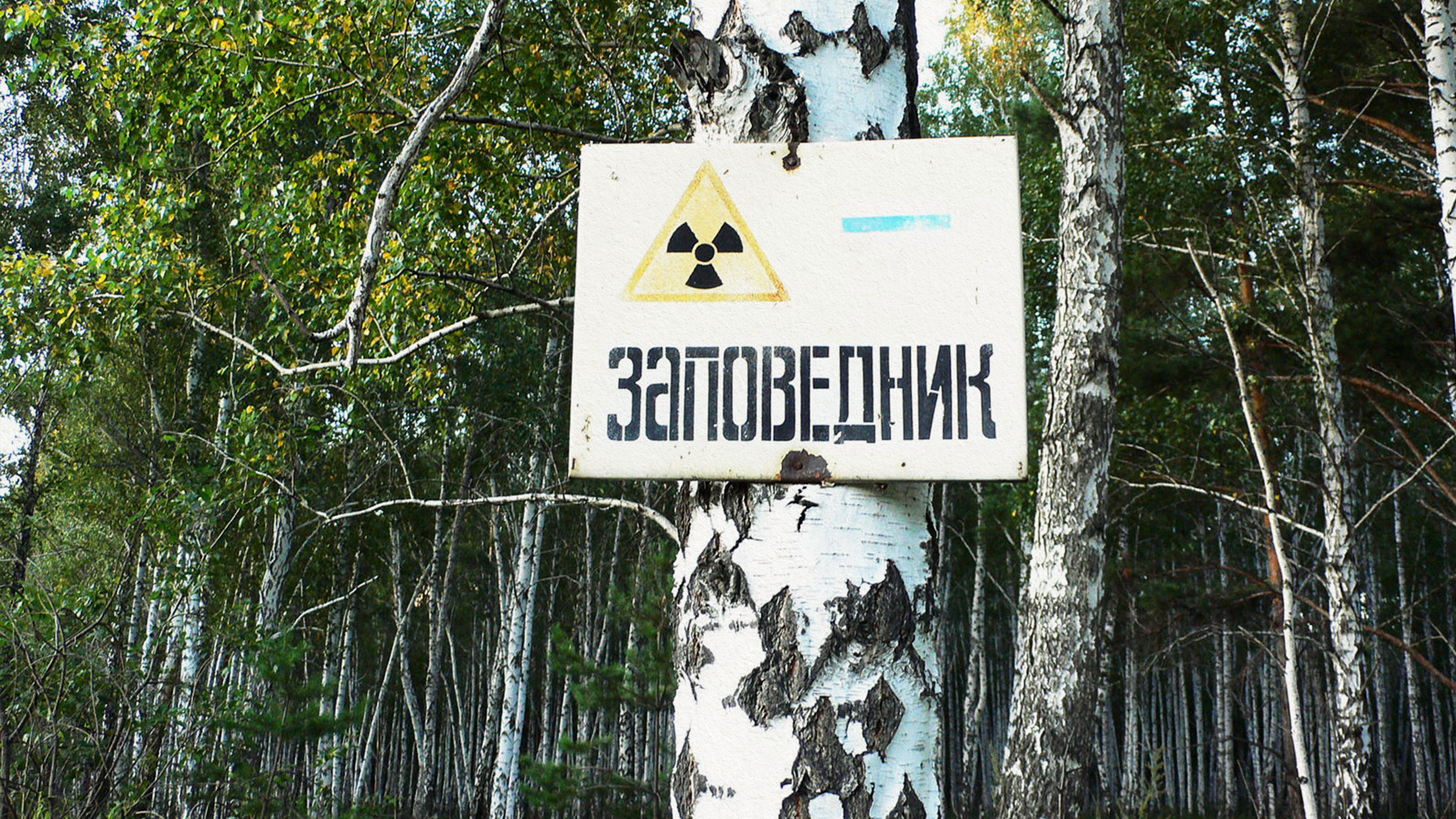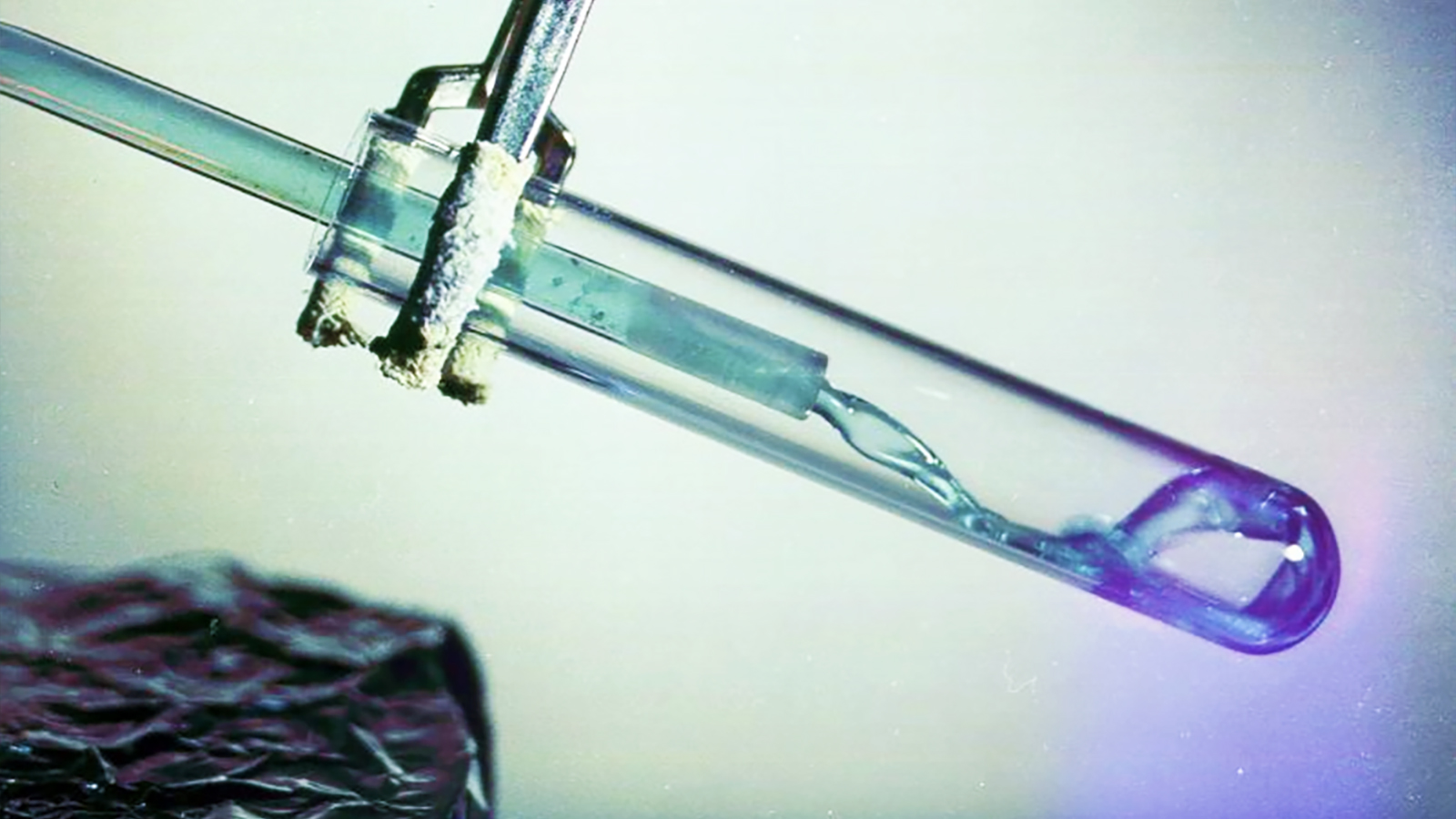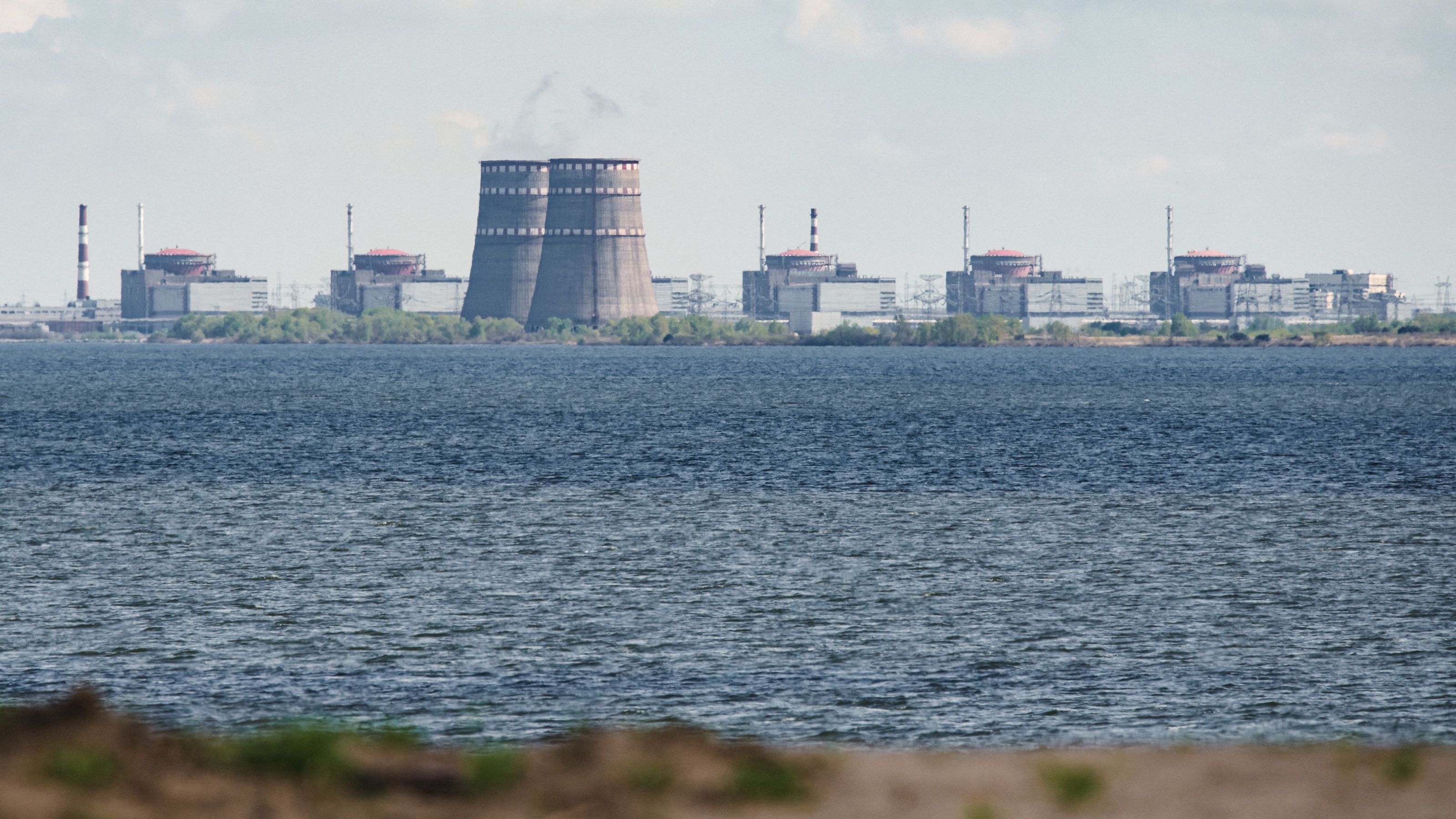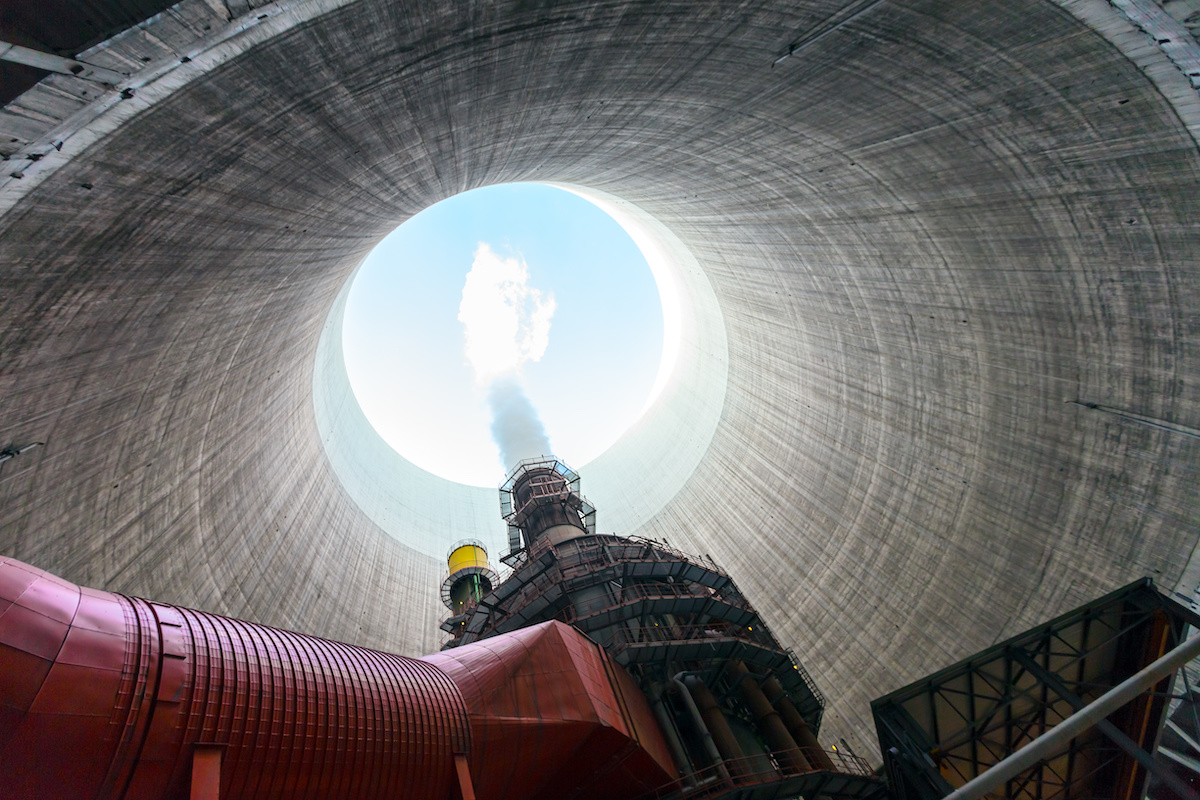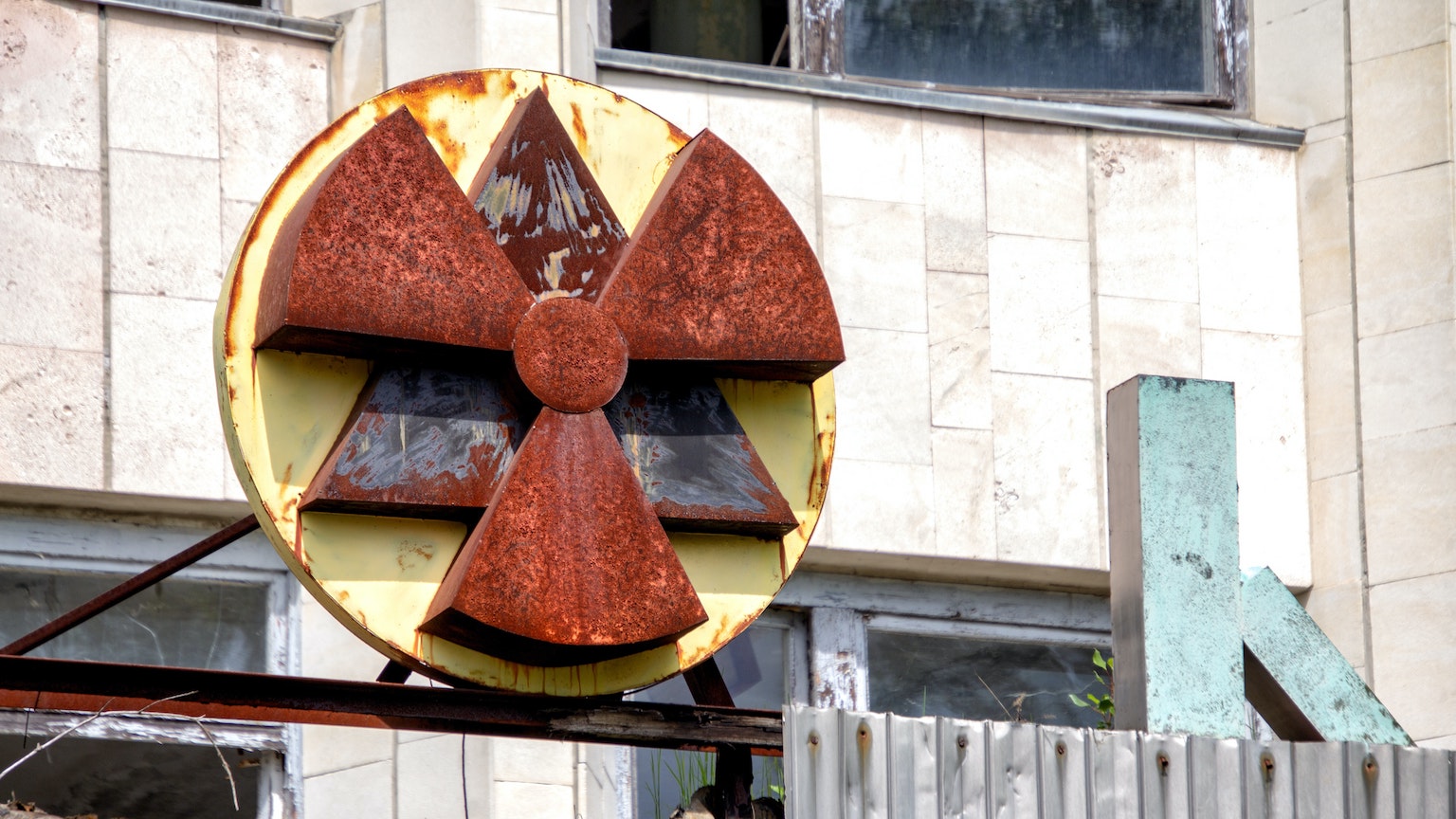Japanese Nuclear Power Plant Is Spiraling Out of Control!
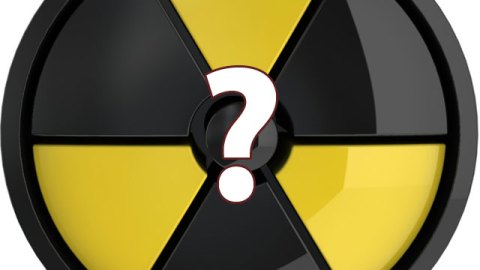
The Japanese reactor accident at the Fukushima Daiichi I plant is already the second worst nuclear power plant accident, second only to Chernobyl.
The situation changes hourly. But as of noon on March 12, here is what we know.
The reactor was hit with a double punch. The 8.9 earthquake knocked out off-site power. Then the subsequent tsunami caused the back-up generators to go out, meaning that the reactor was dead in the water, without any emergency power or back-up systems.
So think of driving a car without brakes, which is out of control.
The fail-safe systems failed. This is the accident that was never supposed to happen, the accident that engineers told us was unimaginable. Only battery power was left, about 8 hours worth, to keep water circulating over the core of the reactor. But after that was exhausted, temperatures began to rise, as well as pressures. (If the core of the reactor is ever exposed without water, temperatures can rise to 5,000 degrees F, at which uranium dioxide fuel beings to melt, initiating the China Syndrome.
It takes 30 minutes to several hours for an exposed core to melt down. Then a steam explosion might have enough force to rupture the vessel and containment.) Attempts were made to ship 14 back-up generators. This might have stopped the accident right there if the generators could energize the back-up pumps and keep the core covered with cooling water. But with the pressure inside the reactor rising 50% above normal, attempts were made to vent some of this dangerous, excess pressure. Radiation levels soared to 1,000 times normal levels inside the containment building.
But steam and hydrogen gas began to accumulate in the containment building. Suddenly, all hell broke lose. There was a hydrogen/steam explosion, which tore the entire containment building to pieces, leaving only the skeleton of the building. Four workers were injured. The utility expanded the evacuation radius from 2 miles, to 6 miles, then to 12 miles.
Plans were discussed to distribute iodine pills (to flood the thyroid gland with harmless iodine, to prevent radioactive iodine from concentrating in the thyroid and causing cancer.) These are last ditch measures in a nuclear accident. But fortunately, the reactor vessel (which actually contains the super hot uranium dioxide rods) was intact.
Think of a run-away car which has no brakes. Now imagine that the radiator explodes. This is the situation now.
The reactor is stable, but this is an illusion. It is sitting on a knife’s edge. Anything (a broken pipe, a secondary earthquake, loss of water, etc.) can set off a meltdown. Now, the utility is thinking of importing boric acid and sea water. This represents a very dire situation. Boric acid is used to absorb neutrons (to dampen the chain reaction) which was also used at Chernobyl to stop the accident there. (The Red Air Force was called into dump borated sand and cement onto the flaming core at Chernobyl to entomb the reactor).
Now, there is talk that the ulitity may want to flood the entire building with sea water in order to prevent the core from being exposed and causing a meltdown. This is like driving your run-away car off into a river to stop the engine and car from melting and exploding. This, obviously, would be a last ditch measure to prevent core damage. Flooding the core with sea water creates a whole list of secondary problems (such as contamination, health problems, instability, etc.) but right now, these secondary considerations are the last thing on the minds of the plant operators. They just want to stop the meltdown from happening.
What’s next? Tune into the next installment.
In the meantime, here is a recent interview with ABC News.
